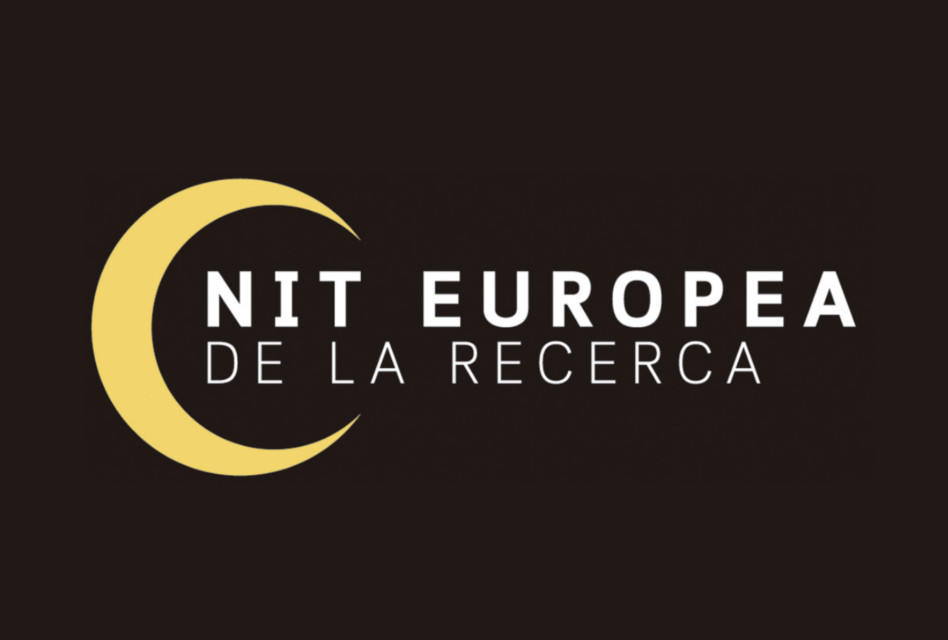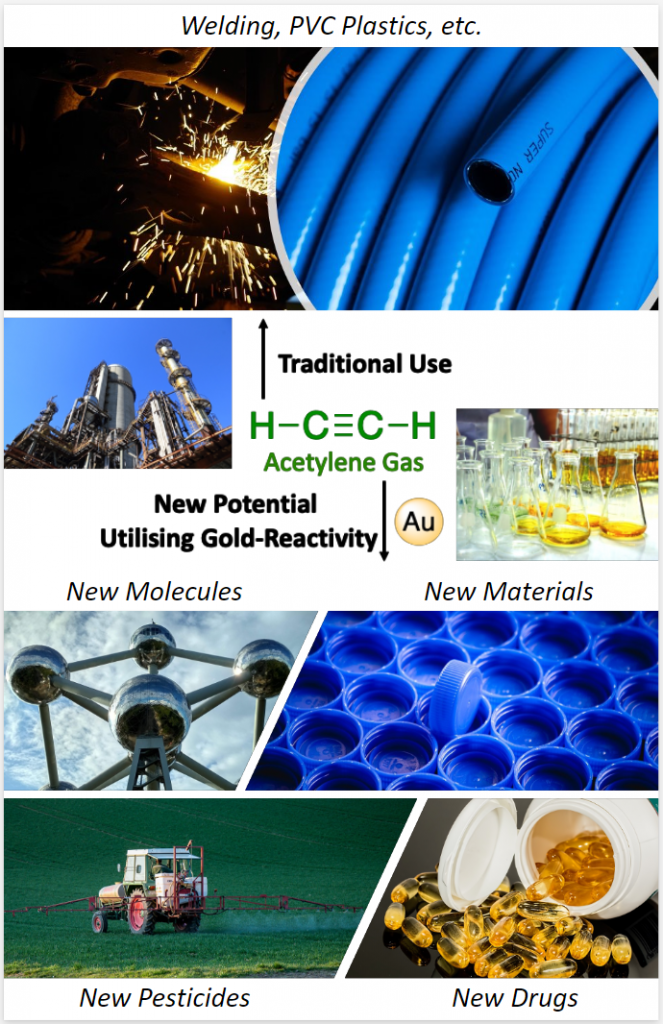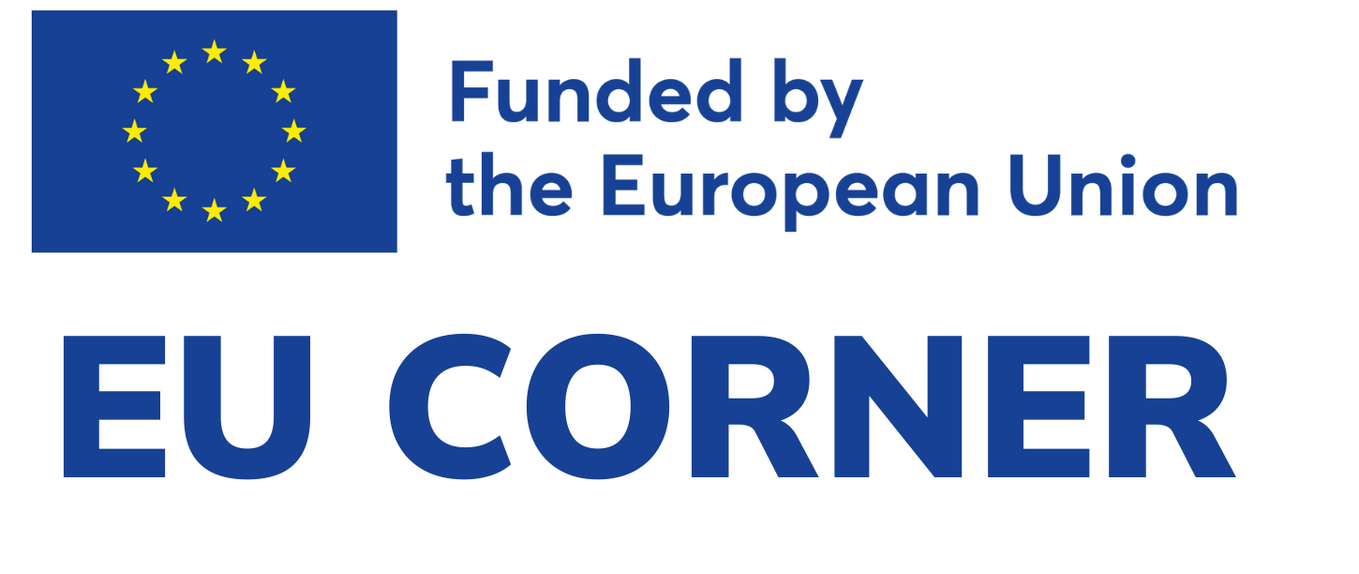We are pleased to announce that Dr. Hammarbäck, an ICIQ MSCA fellow, will be featured in the #NitRecerCat 2024-2025 EU Corner. This initiative is part of the broader effort to bring research closer to the public, enhancing the visibility and understanding of scientific work.
The European Researchers’ Night, an annual event held on the last Friday of September, is the largest research communication and promotion event in Europe. It aims to bring researchers closer to the general public, increase awareness of research and innovation activities, and boost public recognition of science and research education. This year, the event will take place on September 27, 2024, and will feature various activities designed to engage and educate the public about the impact of research on daily life.
#NitRecerCat 2024-2025 (project ID 101162003) project focuses on promoting scientific research and innovation through public engagement activities, making science accessible and interesting to a broad audience.

Rising crises like climate change have created a need for new researchers and scientists, a need that the EU is trying to satisfy. Supported by the Marie Skłodowska-Curie Actions (MSCA) programme, the NitRecerCat2425 project will organise the Catalan European Researchers’ Night (ERN) for 2024 and 2025, along with the Researchers at Schools (R@S) activity. The two ERNs will collaborate with 9 partners to bring together roughly 30 000 researchers and their research, along with an additional 10 000 students, for a wide variety of activities throughout Catalonia. The R@S programme will provide in-depth interaction with Catalan institutions at 15 schools. The results of these efforts will encourage researchers and students to improve the world through research. Visit NitRecerCat Website >>

Bringing close his research to the general public, Dr. Hammarbäck describes his project as:
Gold is not just a shiny metal associated with wealth and elegance. It also has special properties that allow it to easily trigger specific chemical reactions. On the other hand, acetylene, which is small, common and cheap gas, is often used for welding and making synthetic plastics. This project aims to use the special properties of gold to create new innovative tools. These tools will help combine acetylene with more complex molecules, resulting in entirely new molecules with interesting properties and abilities. These new tools can help in developing new materials (e.g. plastics), new pesticides for better farming and new medicines.
Dr. Hammarbäck’s participation in these EU Corners underscores the significance of his research and its societal impact. By engaging in these events, we seek to bridge complex scientific research with citizens’ everyday experiences, thereby boosting their recognition and comprehension of science’s vital part in addressing worldwide issues. Although his project has concluded, his involvement in these events demonstrates his dedication to disseminating the findings of his work.
